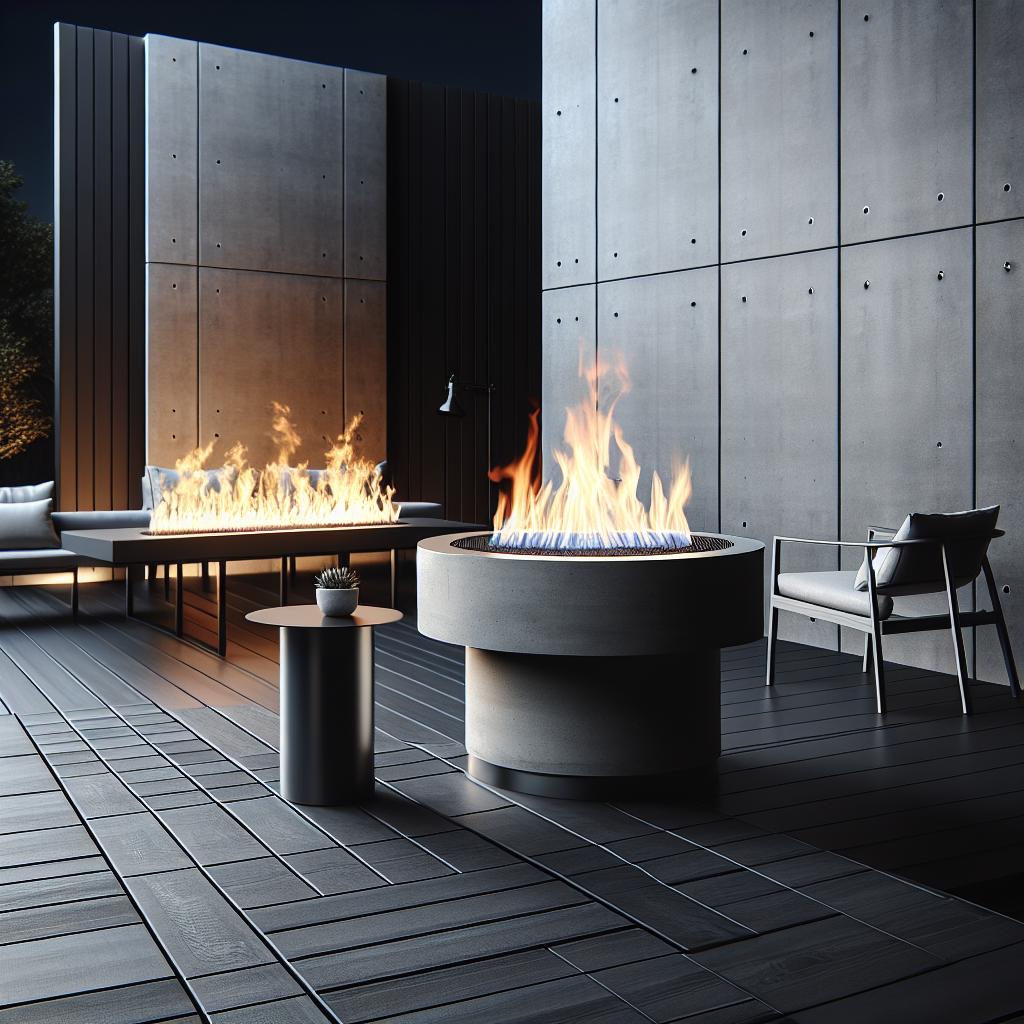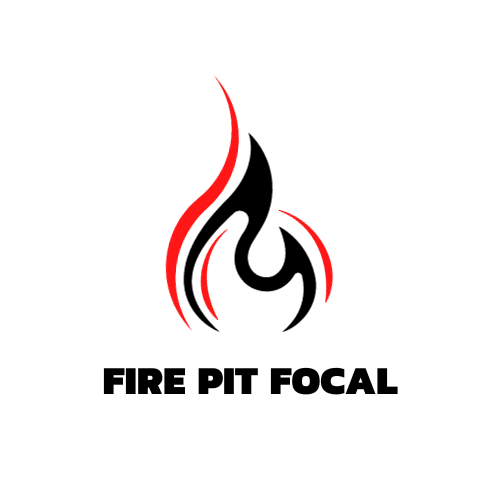In today’s modern outdoor design trends, fire pits have become a popular and stylish addition to any contemporary space. When it comes to choosing the best fire pit options for your outdoor design, there are several factors to consider. From the size and shape of the fire pit to the materials used, each choice can have a significant impact on the overall aesthetic of your outdoor space. Whether you prefer a sleek and minimalist design or a bold and eye-catching statement piece, this article will guide you through some of the best fire pit options to enhance your contemporary outdoor design.
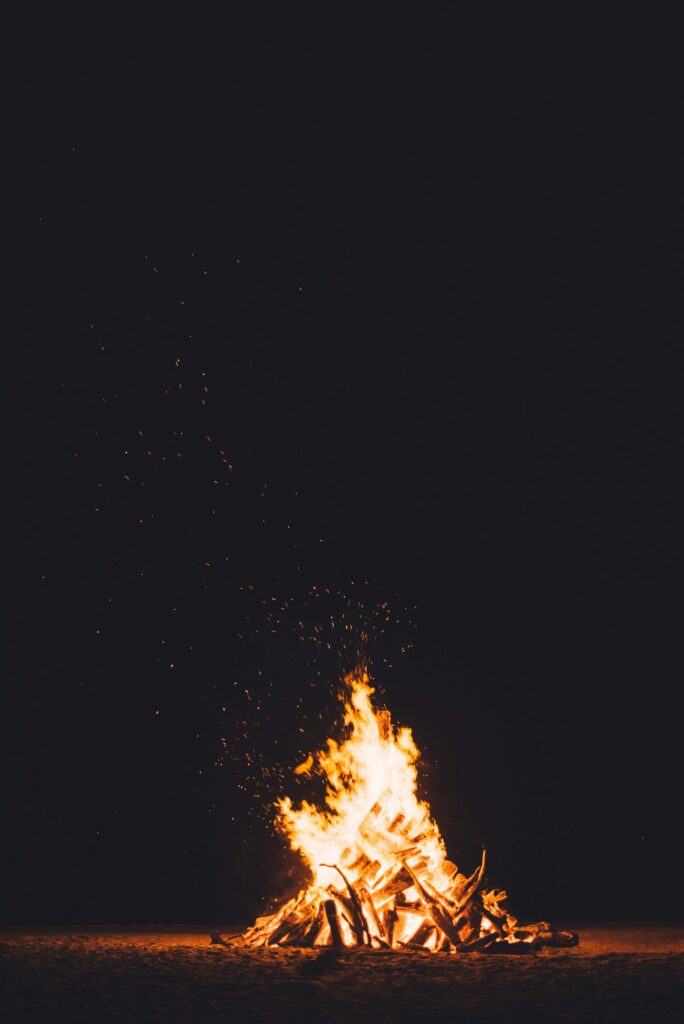
1. Fire Pit Materials
When it comes to choosing the right fire pit for your contemporary outdoor design, one of the first considerations is the material. Here are four popular options to consider:
1.1 Metal Fire Pits
Metal fire pits are a classic choice that can add a touch of elegance to any outdoor space. They are durable and can withstand the elements, making them a great long-term investment. Metal fire pits are available in a variety of styles and finishes, including stainless steel, copper, and cast iron.
1.2 Concrete Fire Pits
Concrete fire pits are an excellent choice for those looking for a modern, minimalist aesthetic. They are available in a range of shapes and sizes, and the neutral color of concrete can easily complement any contemporary design. Concrete fire pits are also known for their durability and heat retention capabilities.
1.3 Stone Fire Pits
For a more natural look, stone fire pits are a popular option. Whether you choose natural stone or a manufactured stone, these fire pits can create a rustic and inviting ambiance in your outdoor space. Stone fire pits are known for their durability and can withstand high temperatures.
1.4 Corten Steel Fire Pits
If you’re looking for a unique and eye-catching fire pit material, corten steel is worth considering. Corten steel develops a weathered patina over time, adding a touch of rustic charm to your outdoor design. These fire pits are known for their longevity and require minimal maintenance.
2. Fire Pit Shapes
The shape of your fire pit can greatly impact the overall look and feel of your outdoor space. Here are four common fire pit shapes to consider:
2.1 Round Fire Pits
Round fire pits are a versatile option that can fit into any contemporary outdoor design. Their symmetrical shape creates a focal point and encourages conversation and connection around the fire. Round fire pits are suitable for both small and large spaces and provide an intimate atmosphere.
2.2 Square Fire Pits
For a modern and geometric touch, square fire pits are an excellent choice. Their clean lines and defined angles can add a contemporary flair to your outdoor design. Square fire pits are also practical, as they provide ample space for seating around the fire.
2.3 Rectangular Fire Pits
If you have a larger outdoor space, a rectangular fire pit can be a great option. This shape allows for more seating options and can create a sense of grandeur in your contemporary design. Rectangular fire pits are particularly well-suited for entertaining guests or hosting larger gatherings.
2.4 Bowl Fire Pits
Bowl fire pits are a classic and timeless choice. Their rounded shape creates a sense of warmth and coziness, making them perfect for creating a relaxing atmosphere in your outdoor space. Bowl fire pits come in various sizes and materials, allowing you to find the perfect fit for your contemporary design.
3. Fuel Sources
The fuel source you choose for your fire pit can greatly impact its convenience and functionality. Here are four common fuel sources to consider:
3.1 Wood-Burning Fire Pits
Wood-burning fire pits offer a traditional and authentic outdoor experience. They provide a natural and crackling fire, creating an inviting ambiance. Wood-burning fire pits require a steady supply of firewood and require regular maintenance, such as cleaning out ash and debris.
3.2 Propane Fire Pits
If you’re looking for a more convenient and hassle-free option, propane fire pits are worth considering. These fire pits are powered by propane gas, which is readily available and easy to refill. Propane fire pits offer adjustable flames and instant ignition, allowing you to control the warmth and ambiance of your outdoor space with ease.
3.3 Natural Gas Fire Pits
For those with access to a natural gas line, natural gas fire pits are a popular choice. These fire pits provide a continuous and reliable fuel source, eliminating the need for propane tanks or firewood. Natural gas fire pits are often connected to the existing gas line, providing convenient and consistent flame control.
3.4 Ethanol Fire Pits
If you’re looking for a clean-burning and eco-friendly option, ethanol fire pits are worth considering. They use a bioethanol fuel that is derived from renewable sources such as sugarcane or corn. Ethanol fire pits are easy to use and require no installation or venting, making them portable and versatile in their placement.
4. Fire Pit Sizes
The size of your fire pit can depend on various factors, including the available outdoor space and your desired seating capacity. Here are three common fire pit sizes to consider:
4.1 Small Fire Pits
Small fire pits are perfect for cozy and intimate gatherings. They are ideal for smaller outdoor spaces or for those seeking a more modest fire pit option. Despite their size, small fire pits can still provide ample warmth and ambiance.
4.2 Medium Fire Pits
Medium-sized fire pits strike a balance between intimacy and space. They are suitable for slightly larger outdoor areas and offer enough seating options for a small group of friends or family. Medium fire pits can become a centerpiece of your outdoor design and create a welcoming atmosphere.
4.3 Large Fire Pits
If you have a spacious outdoor area or regularly entertain large groups, a large fire pit may be the right choice for you. These fire pits can accommodate a significant number of guests and provide a focal point for your outdoor gatherings. Large fire pits can create a sense of grandeur and make a bold statement in your contemporary design.
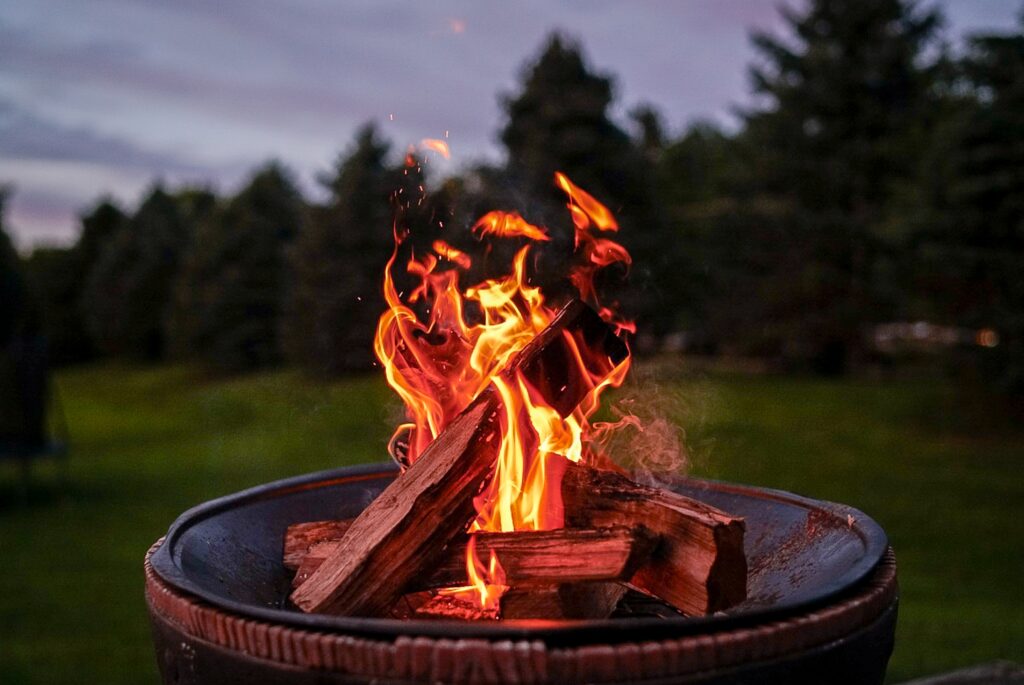
5. Fire Pit Designs
The design of your fire pit can greatly enhance the overall aesthetic of your outdoor space. Here are four popular fire pit designs to consider:
5.1 Minimalist Fire Pits
Minimalist fire pits are characterized by clean lines, simple shapes, and a focus on functionality. They complement contemporary outdoor designs by offering a sleek and understated look. Minimalist fire pits often use neutral colors, such as black or gray, to create a timeless and elegant focal point.
5.2 Modern Fire Pits
Modern fire pits embrace cutting-edge design elements, such as geometric shapes, asymmetry, and innovative materials. They are known for their bold and avant-garde aesthetic, making them a perfect fit for contemporary outdoor designs. Modern fire pits can be made from a variety of materials, including metal, concrete, and glass.
5.3 Industrial Fire Pits
Drawing inspiration from the industrial style, industrial fire pits feature raw and rugged aesthetics. They often incorporate materials like corten steel, reclaimed wood, or concrete to create a weathered and industrial look. Industrial fire pits can add a unique and edgy touch to your outdoor space, making them a popular choice for contemporary designs with an urban vibe.
5.4 Sculptural Fire Pits
For those looking to make a statement, sculptural fire pits are an excellent choice. These fire pits are true works of art and often feature intricate designs and unique shapes. Sculptural fire pits can be made from a variety of materials, including metal, stone, and even glass. They create a focal point that doubles as a conversation starter in your contemporary outdoor design.
6. Fire Pit Placement
Where you place your fire pit can greatly impact its usability and visual appeal. Here are four common fire pit placement options to consider:
6.1 Patio Fire Pits
If you have a patio or a paved area in your outdoor space, placing a fire pit on the patio can create a cozy and inviting atmosphere. A patio fire pit can seamlessly integrate into your contemporary design, serving as a gathering place for family and friends.
6.2 Deck Fire Pits
Placing a fire pit on a deck requires careful consideration and adherence to safety protocols. Ensure that your deck can support the weight and heat generated by a fire pit, and consult local building codes if necessary. A deck fire pit can transform your outdoor living area into a warm and inviting space, perfect for relaxation or entertaining guests.
6.3 Backyard Fire Pits
For those with larger outdoor spaces, a backyard fire pit can create an enchanting setting. Backyard fire pits offer flexibility in terms of placement options and can be integrated into landscaping features or seating areas. Whether nestled near a pond or surrounded by lush foliage, a backyard fire pit can become the focal point of your outdoor design.
6.4 Poolside Fire Pits
If you have a pool or a poolside area, a fire pit can be a wonderful addition. Placing a fire pit near the pool creates a luxurious and resort-like ambiance. Consider the safety aspect and ensure that the fire pit is placed at a safe distance from the water. A poolside fire pit can offer warmth and elegance to your contemporary outdoor design while providing a relaxing space to unwind.
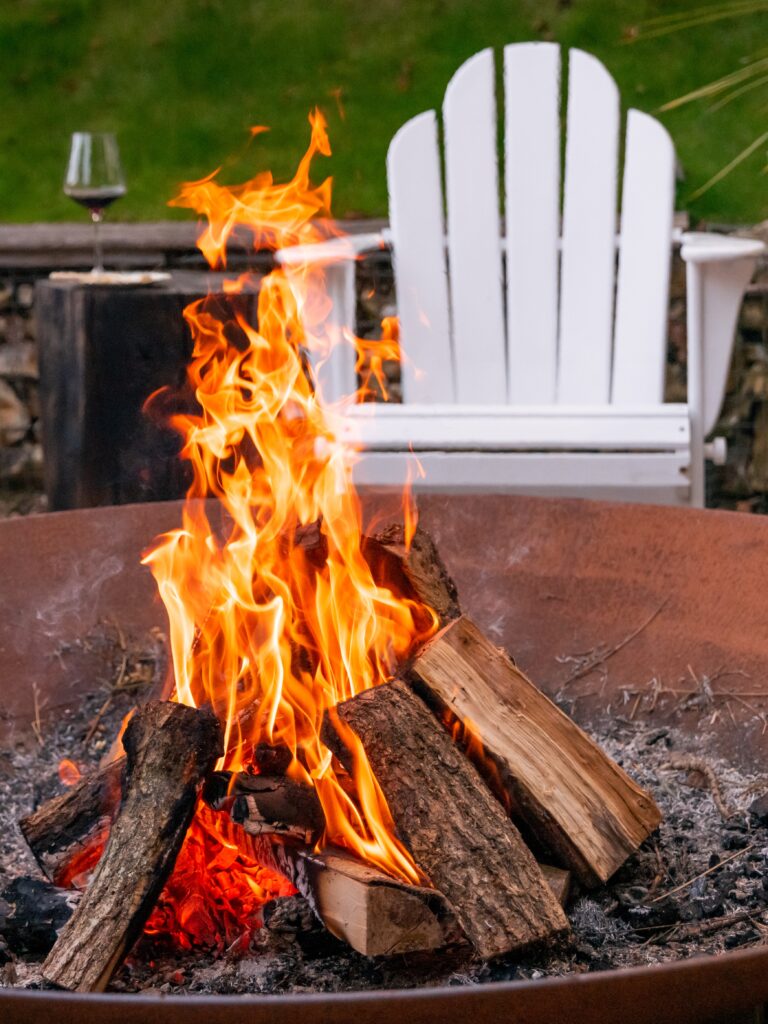
7. Fire Pit Accessories
Enhance your fire pit experience with the right accessories that can improve comfort, safety, and functionality. Here are four common fire pit accessories to consider:
7.1 Fire Pit Covers
Fire pit covers are essential for protecting your fire pit from the elements when not in use. They help prevent rust, debris buildup, and water damage. Fire pit covers come in various sizes and materials, ensuring a snug fit for your specific fire pit model.
7.2 Fire Pit Grills
Turn your fire pit into a versatile cooking station with a fire pit grill. Designed to fit securely over the fire pit, these grills allow for easy outdoor cooking, from grilling burgers and steaks to roasting marshmallows for s’mores. Fire pit grills come in different sizes and materials, ensuring compatibility with your fire pit.
7.3 Fire Pit Screens
Fire pit screens add an extra layer of safety by preventing embers and sparks from escaping the fire pit. They are especially crucial when children or pets are present. Fire pit screens come in various styles and sizes, allowing you to find the perfect match for your fire pit.
7.4 Fire Pit Seating
Complete your fire pit setup with comfortable and stylish seating options. From lounge chairs and benches to cozy outdoor sofas, there are numerous seating options available to accommodate your desired number of guests. Choose materials that are weather-resistant and durable, ensuring they can withstand the outdoor elements.
8. Fire Pit Safety Measures
Safety should be a top priority when enjoying your fire pit. Here are four essential fire pit safety measures to consider:
8.1 Fire Pit Location
Choose a suitable location for your fire pit, ensuring it is placed on a non-combustible surface and away from any flammable materials. Maintain a safe distance from your home, overhanging trees, and other structures. Consult local fire codes and regulations to ensure compliance with safety standards in your area.
8.2 Fire Pit Clearance
Maintain proper clearance around your fire pit to prevent accidental fires. Clear away dry leaves, foliage, and any other flammable materials from the immediate vicinity. Make sure there is sufficient space for seating and movement around the fire pit.
8.3 Fire Pit Extinguishers
Have a fire extinguisher or a fire blanket readily available in case of emergencies. Familiarize yourself with the proper use of these extinguishing tools and ensure they are easily accessible to all users of the fire pit. Regularly inspect and maintain them to ensure they are in good working order.
8.4 Fire Pit Safety Rules
Establish and enforce fire pit safety rules to ensure the well-being of all users. Some essential rules may include never leaving the fire unattended, keeping a safe distance from the flames, and refraining from using flammable liquids to ignite the fire. Educate yourself and others on proper fire pit usage and encourage responsible behavior.
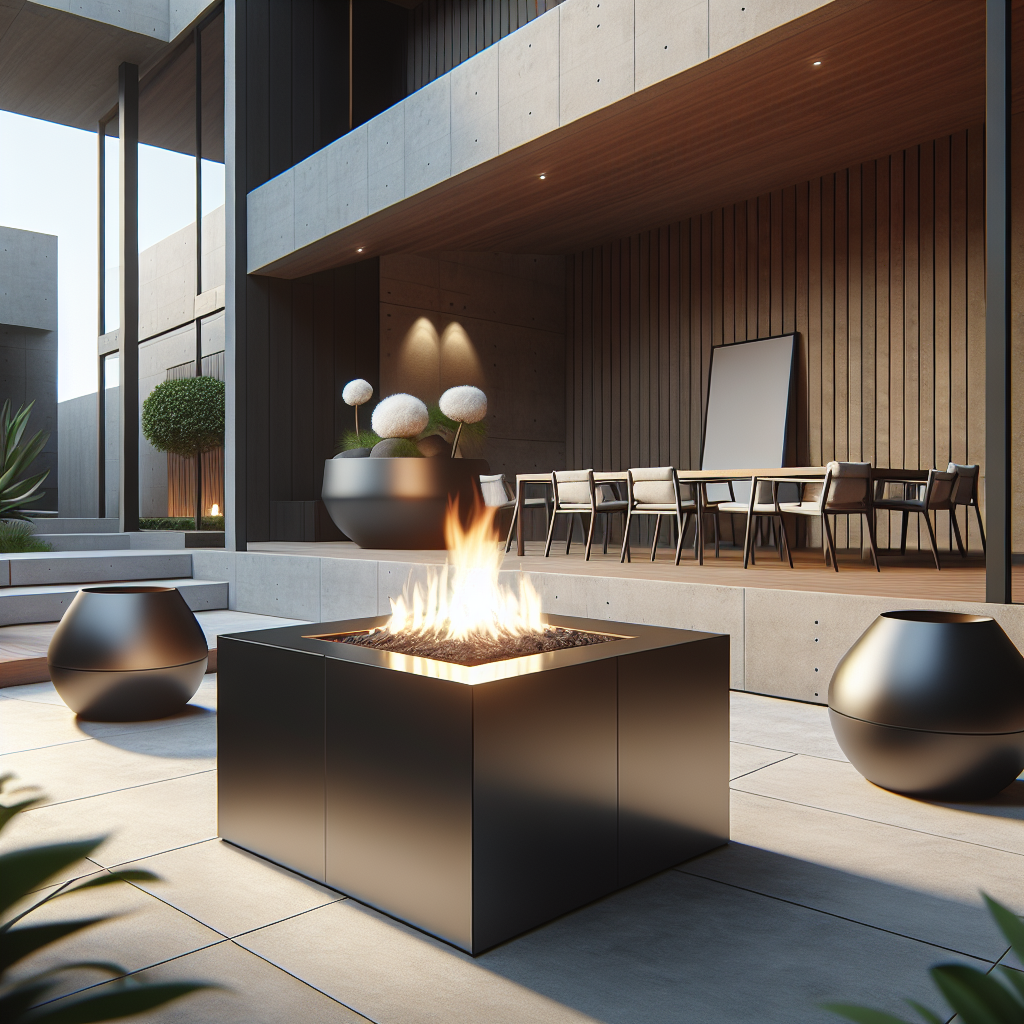
9. Fire Pit Installation
Installing a fire pit may require different levels of expertise and permits depending on the complexity and regulations in your area. Here are three common fire pit installation options to consider:
9.1 DIY Fire Pit Installation
For those who enjoy hands-on projects, DIY fire pit installation can be a rewarding experience. Research local regulations, gather the necessary materials, and follow a detailed guide or tutorial to ensure a safe and successful installation. DIY fire pit kits are also available, providing pre-cut materials and step-by-step instructions for convenience.
9.2 Professional Fire Pit Installation
If you prefer a hassle-free and professionally executed installation, hiring a professional can save you time and ensure compliance with local regulations. Professional installers have the experience and knowledge to handle complex fire pit installations, ensuring that safety measures are met and providing peace of mind.
9.3 Fire Pit Permits and Regulations
Before installing a fire pit, check with your local authorities regarding the necessary permits and regulations. Some areas may require permits or have restrictions on fire pit usage, such as specific setbacks from property lines or fuel source limitations. It is essential to comply with these regulations to ensure a safe and legal installation.
10. Fire Pit Budget Considerations
When planning for a fire pit, it’s important to consider the associated costs, both upfront and ongoing. Here are three key budget considerations:
10.1 Fire Pit Cost
The cost of a fire pit can vary greatly depending on the material, size, design, and additional features. Simple wood-burning fire pits may be relatively inexpensive, while larger custom-built fire pits with intricate designs can be a more significant investment. Set a budget that aligns with your desired fire pit and prioritize your spending accordingly.
10.2 Maintenance Expenses
Consider the ongoing maintenance expenses associated with your chosen fire pit. Wood-burning fire pits may require regular purchasing of firewood, while gas-powered fire pits may require occasional maintenance and fuel costs. Factor in these expenses when determining the overall cost of owning a fire pit.
10.3 Operational Costs
If you opt for a gas-powered fire pit, consider the operational costs associated with the chosen fuel source. Propane and natural gas have different costs in different regions, so research current prices and consumption rates to estimate the ongoing operational costs. Ethanol fire pits generally have lower operational costs but require regular fuel replenishment.
In conclusion, choosing the best fire pit for your contemporary outdoor design involves considering various factors, such as materials, shapes, fuel sources, sizes, designs, placement options, accessories, safety measures, installation methods, and budget considerations. By carefully evaluating each category and finding the right balance between style, functionality, and safety, you can create a captivating outdoor space that meets your specific needs and enhances your overall outdoor experience.
